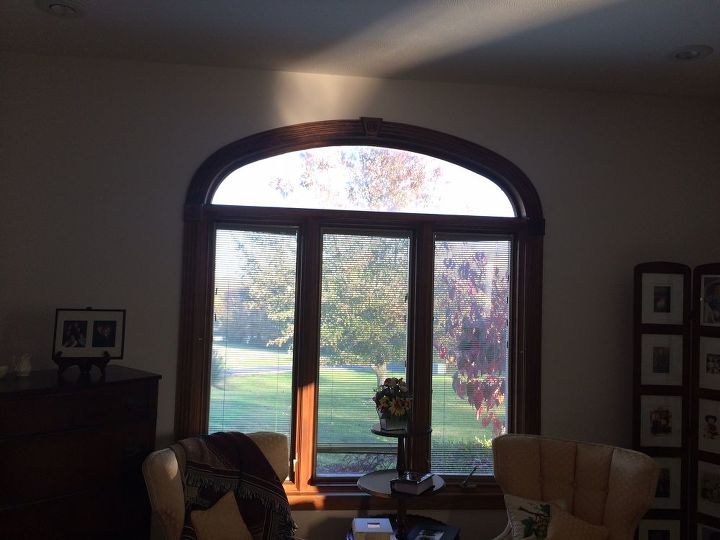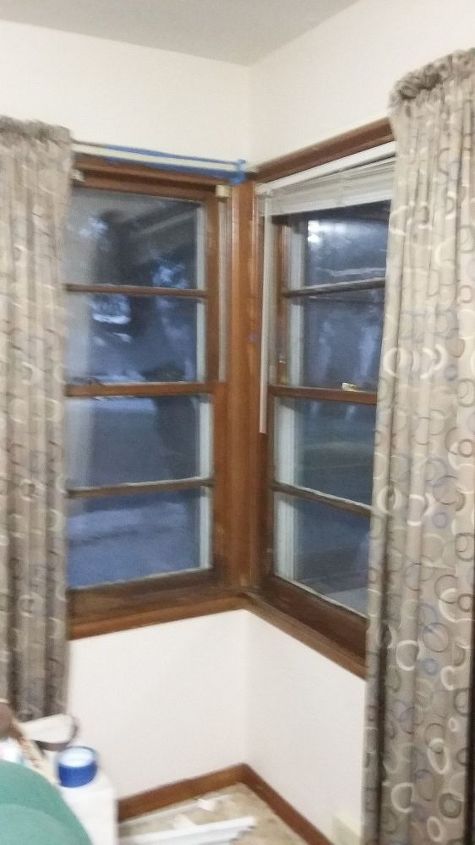I have roman blinds where the little clasps at the back have come off.

If I sew round plastic clips instead of fabric will that work. Do I need to put the string back into the clips before I sewing them on. The strings are still there. Is there a step by step guide on putting Roman Blinds together and how they work? They are fairly big blinds as my windows are much wider and longer than normal windows. HELP. They only half open and close at the moment so I have to keep them down most of the time.
-
Let me try to explain! Lay the blinds down in front of you with the back facing up. You start with the side which is the most distant from the side on which you want to run the cord. Knot the string to the bottom ring and run it up the blind to the top. This string will go into the last 'hole' on your wooden batten on the window. You then do the same on the next one, until you reach the final one. Obviously, the longest string will be the first one you put in, and this string will run across all the 'holes' on the top batten. Hope this helps! Here is a link: http://www.housetohome.co.uk/articles/how-to-make-a-roman-blind-craft-idea_265048.html
 Valerie
on Oct 15, 2015
Helpful Reply
Valerie
on Oct 15, 2015
Helpful Reply -
-
Thank you so much for explaining to me it so I could understand easily, I really appreciate it.
 Lyndal Bruns
on Oct 15, 2015
Helpful Reply
Lyndal Bruns
on Oct 15, 2015
Helpful Reply -
-
Use cable ties to secure the rings through the rods. Replace strings. A cable tie or tie-wrap, also known as a hose tie, or zip tie,[1] is a type of fastener, for holding items together, primarily electric cables or wires. Because of their low cost and ease of use, tie-wraps are ubiquitous, finding use in a wide range of other applications. Stainless steel versions, either naked or coated with a rugged plastic, cater for exterior applications and hazardous environments
 Avril Nolte
on Apr 02, 2016
Helpful Reply
Avril Nolte
on Apr 02, 2016
Helpful Reply -
Related Discussions
How to get rid of mice?
We seem to have some unwelcome Mickeys and Minnies in our house. What is the best way to get rid of them?
How to remove popcorn ceiling with asbestos?
I want to remove my popcorn ceiling, but it has asbestos in it. How do I go about this safely?
How to caulk baseboard gaps?
How do I fill gaps at baseboard, should I caulk? If so, does anyone know how to caulk baseboards?
How to fix squeaky hardwood floors?
How do I fix squeaky hardwood floors?
Tips for updating or repairing Pella between the glass blinds?
Our 14 year old cord controlled blinds are all giving us trouble with raising and lowering and tilting. Many of the top mechanisms are coming unglued from the top. I ... See more
Brr! Drafty windows- how to cut the draft?
I have 3 sets of windows configured like this...very drafty, How to you winterize them? There is nothing in the corner to stick tape to. Thank you





